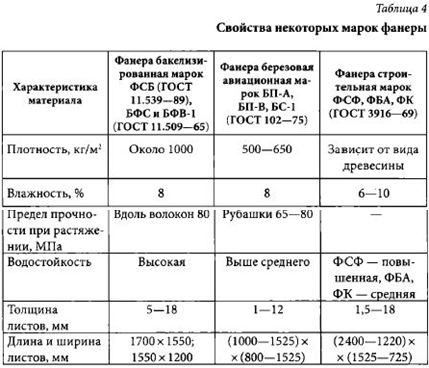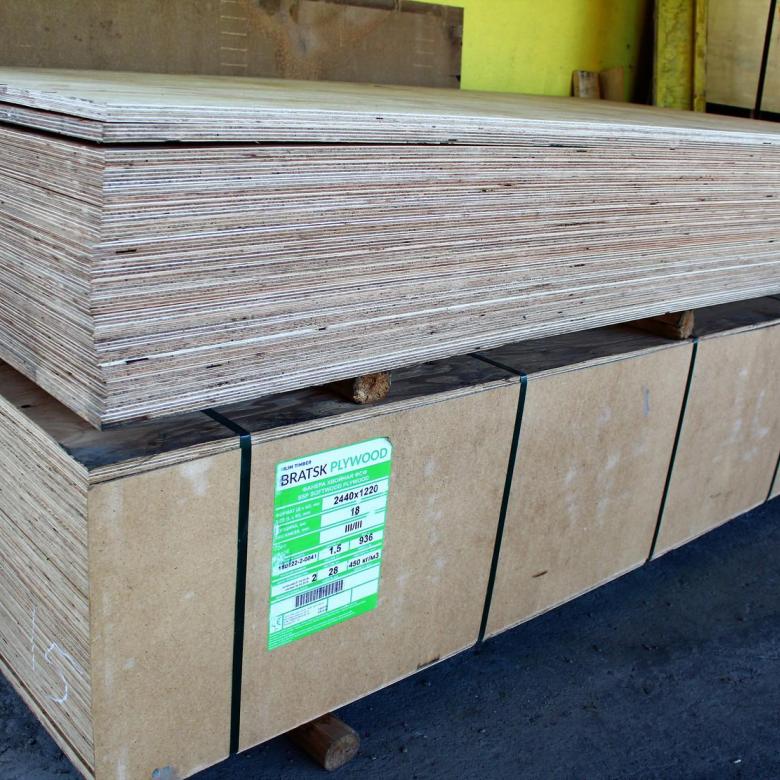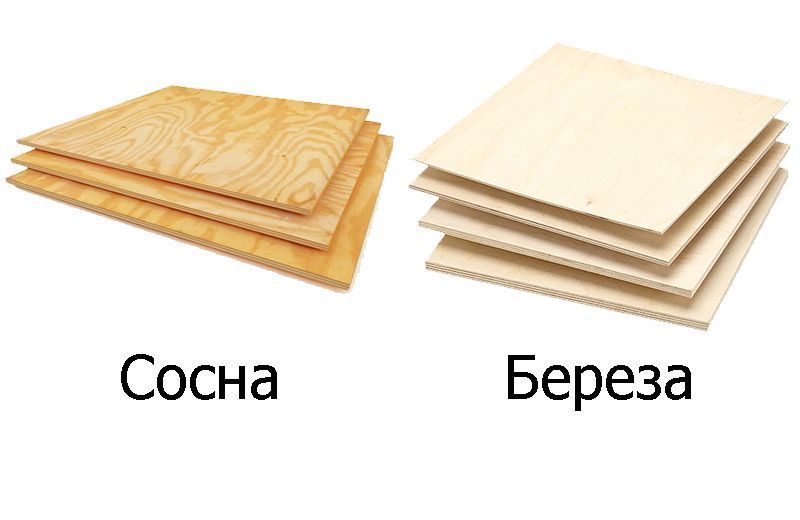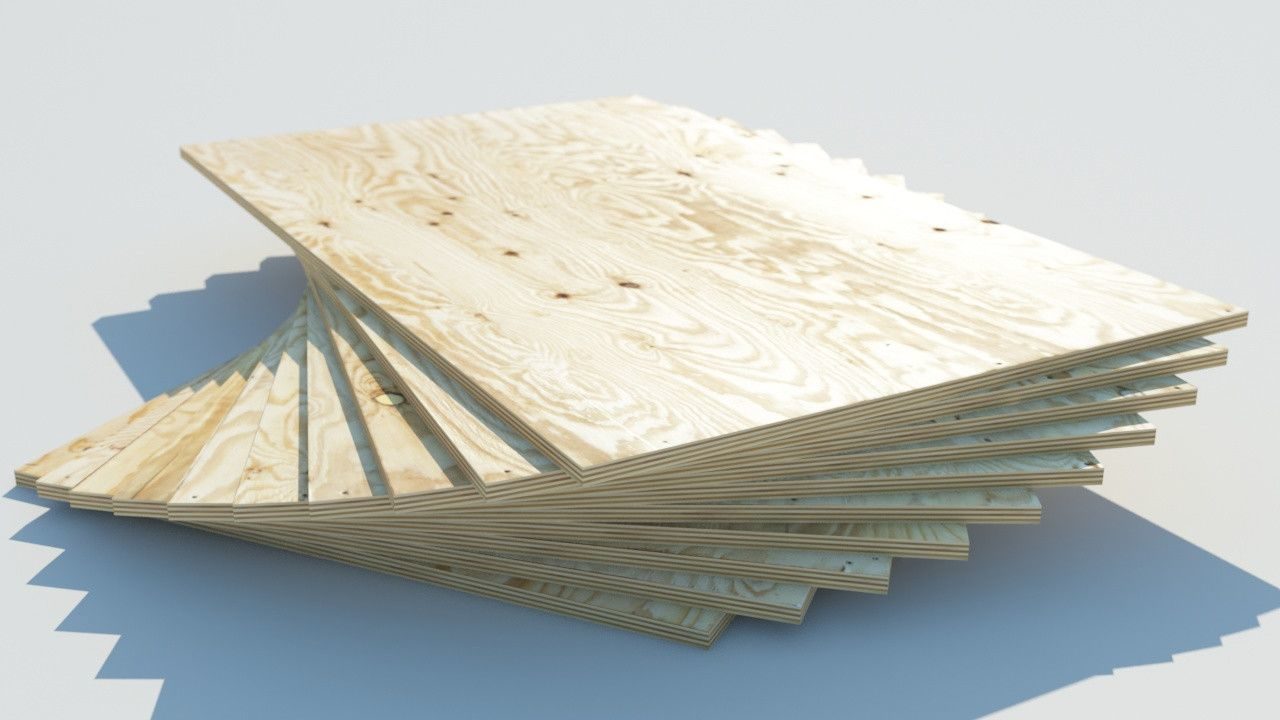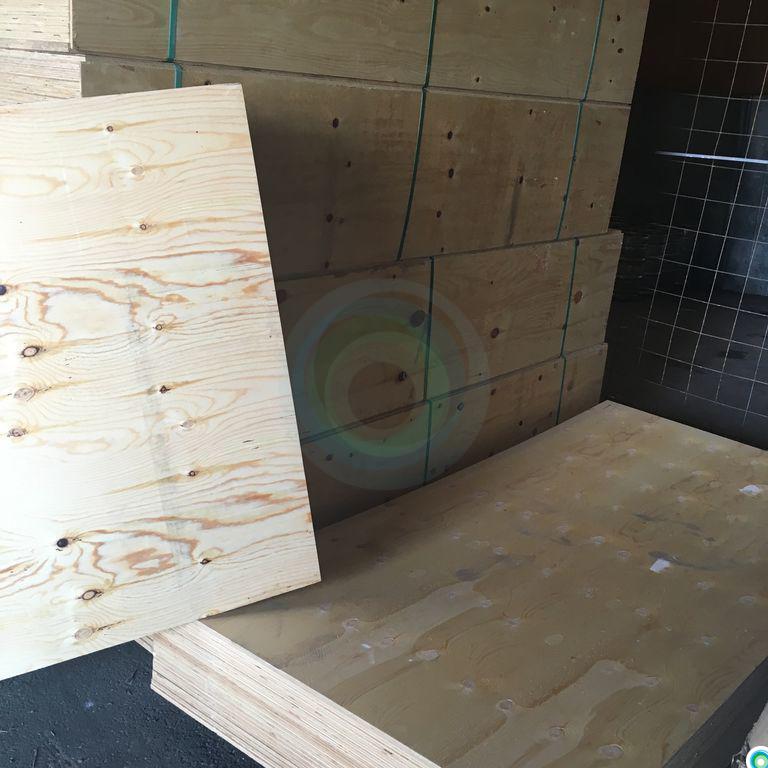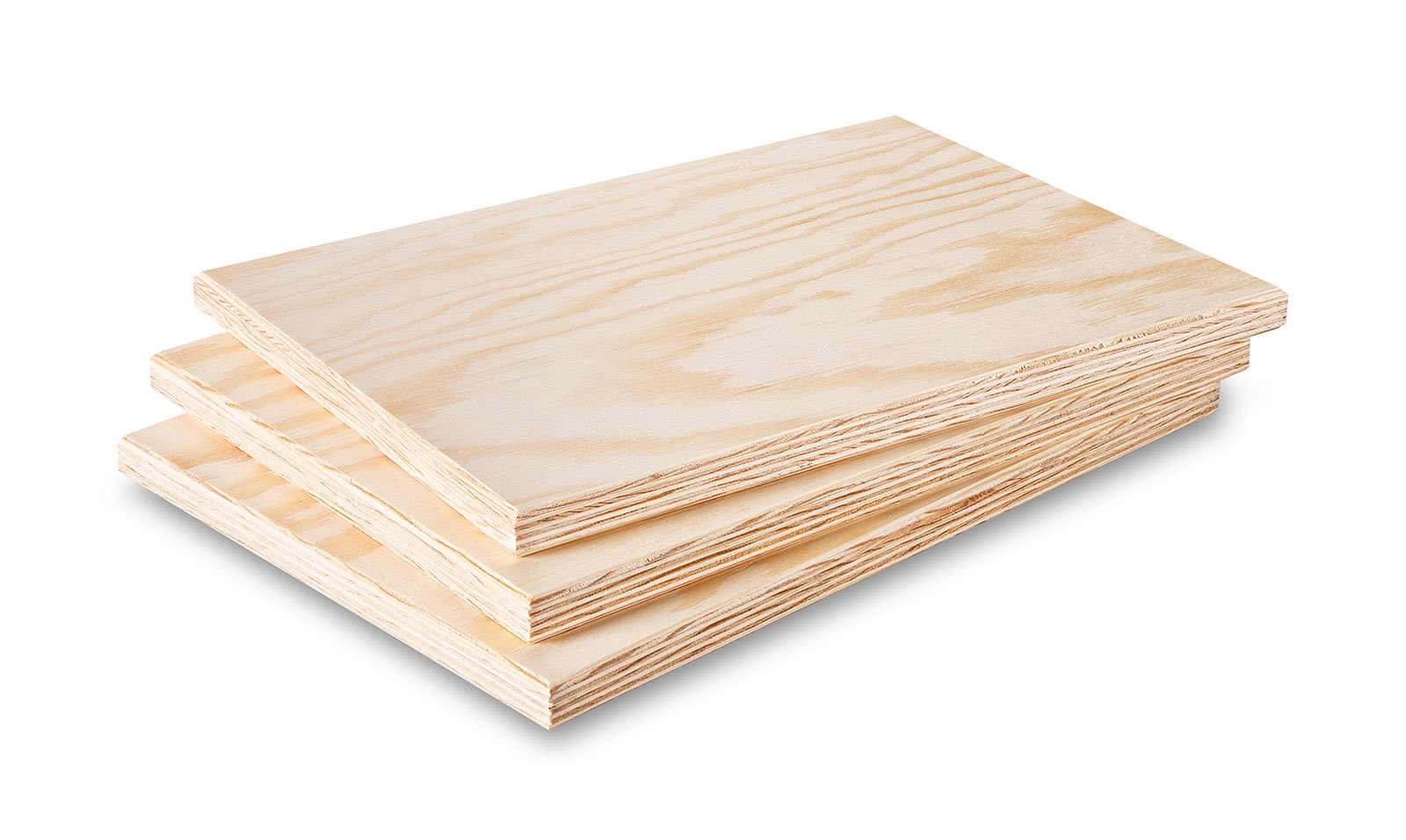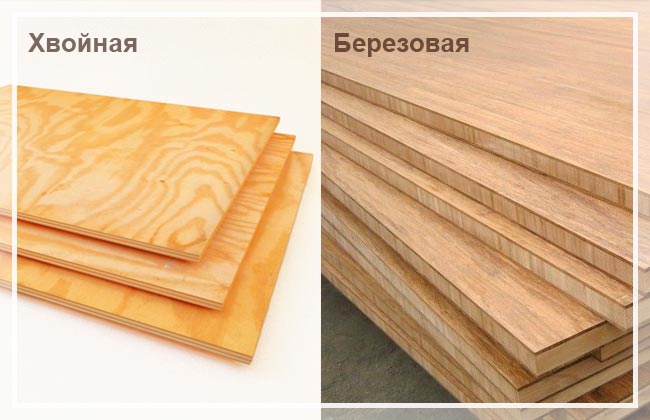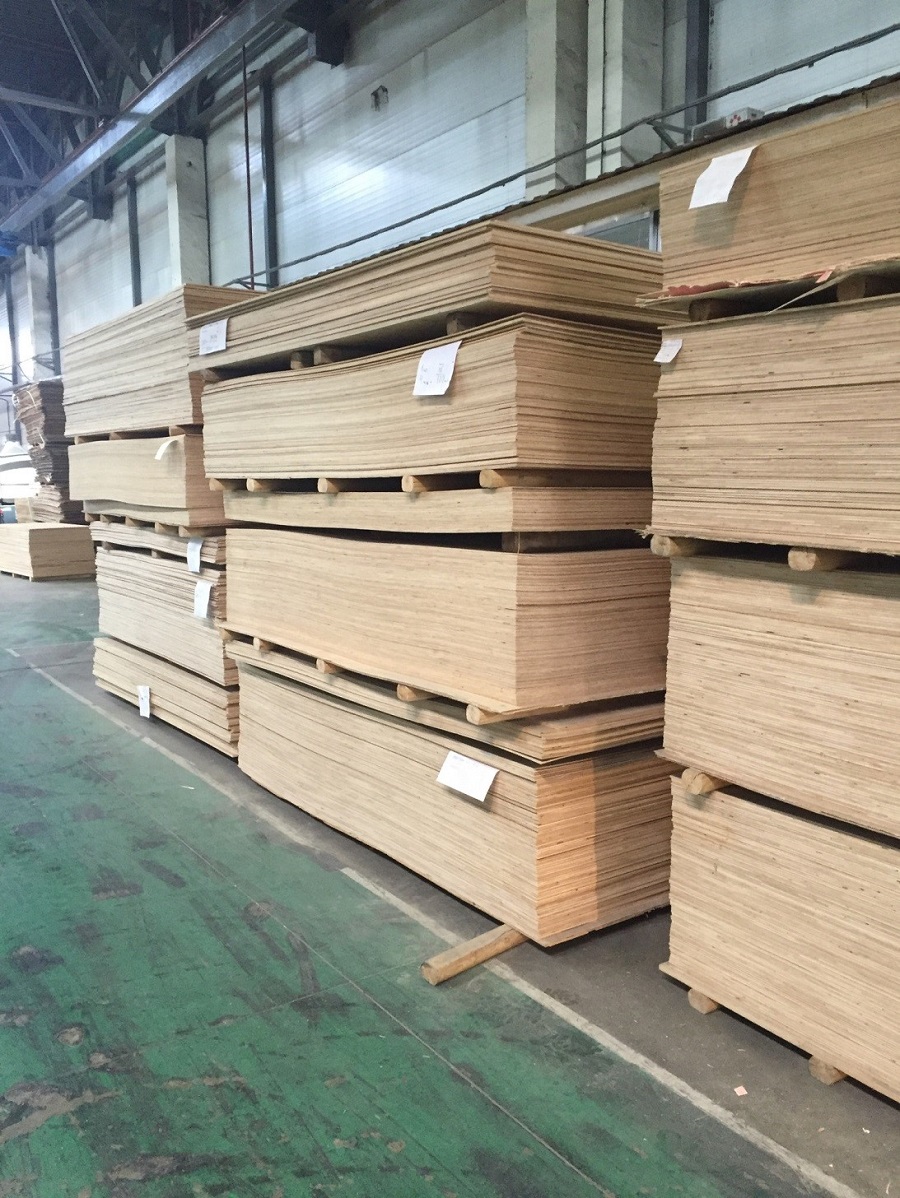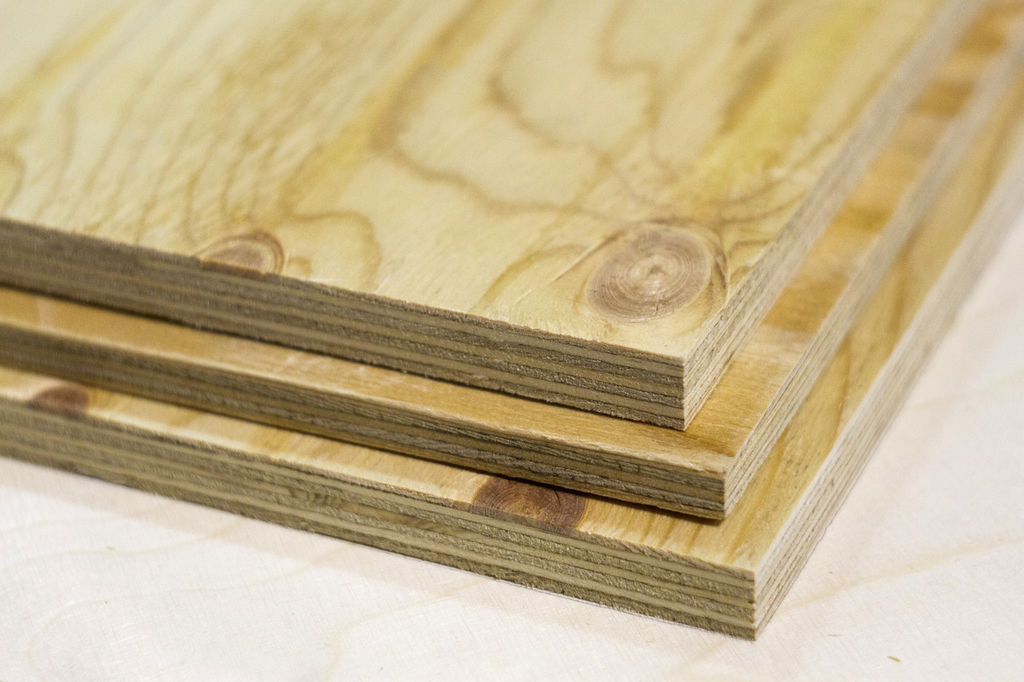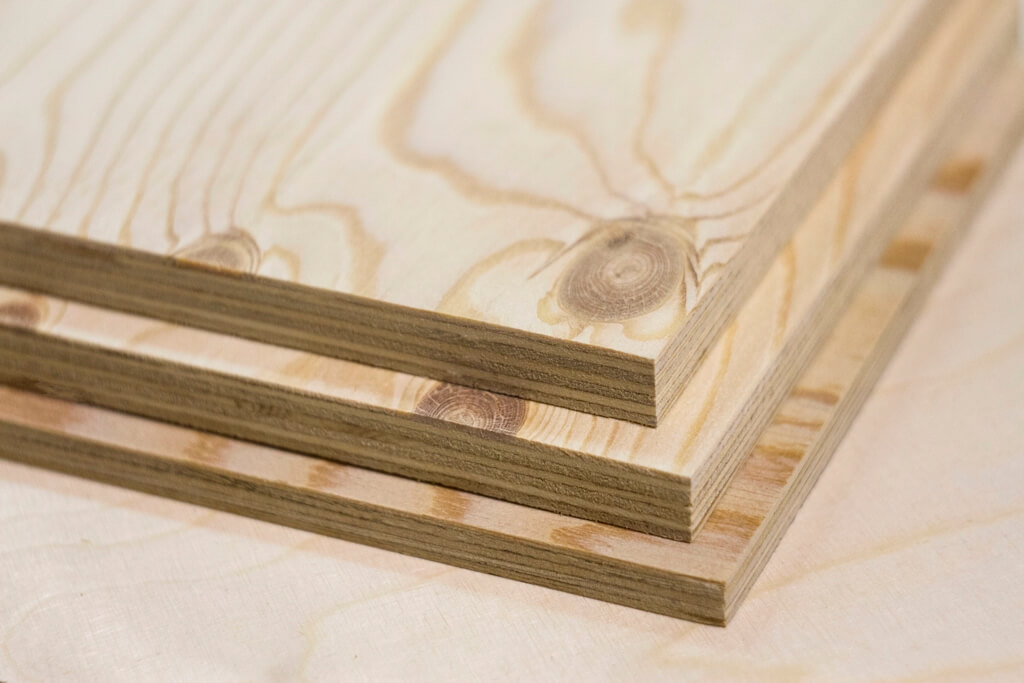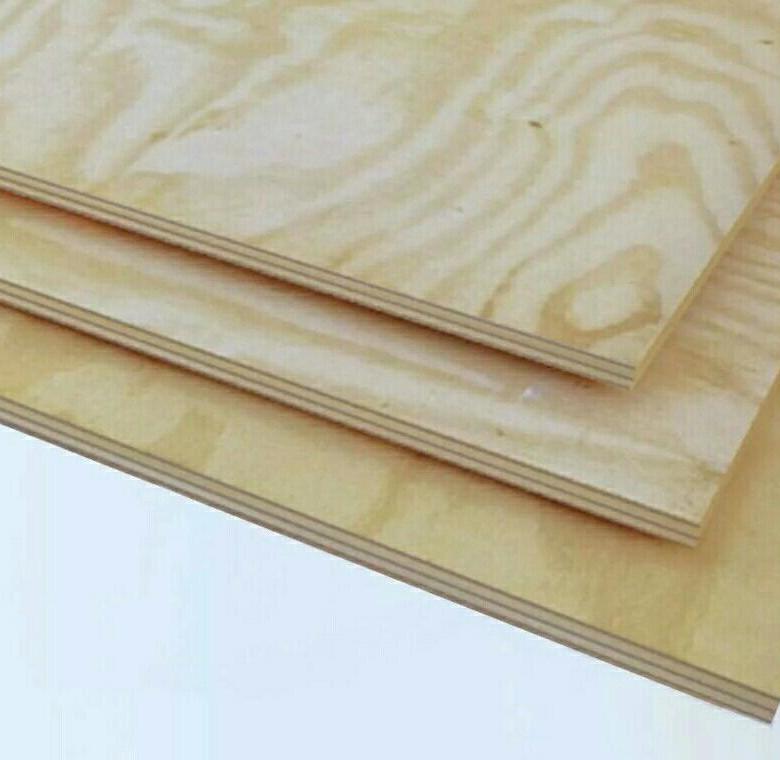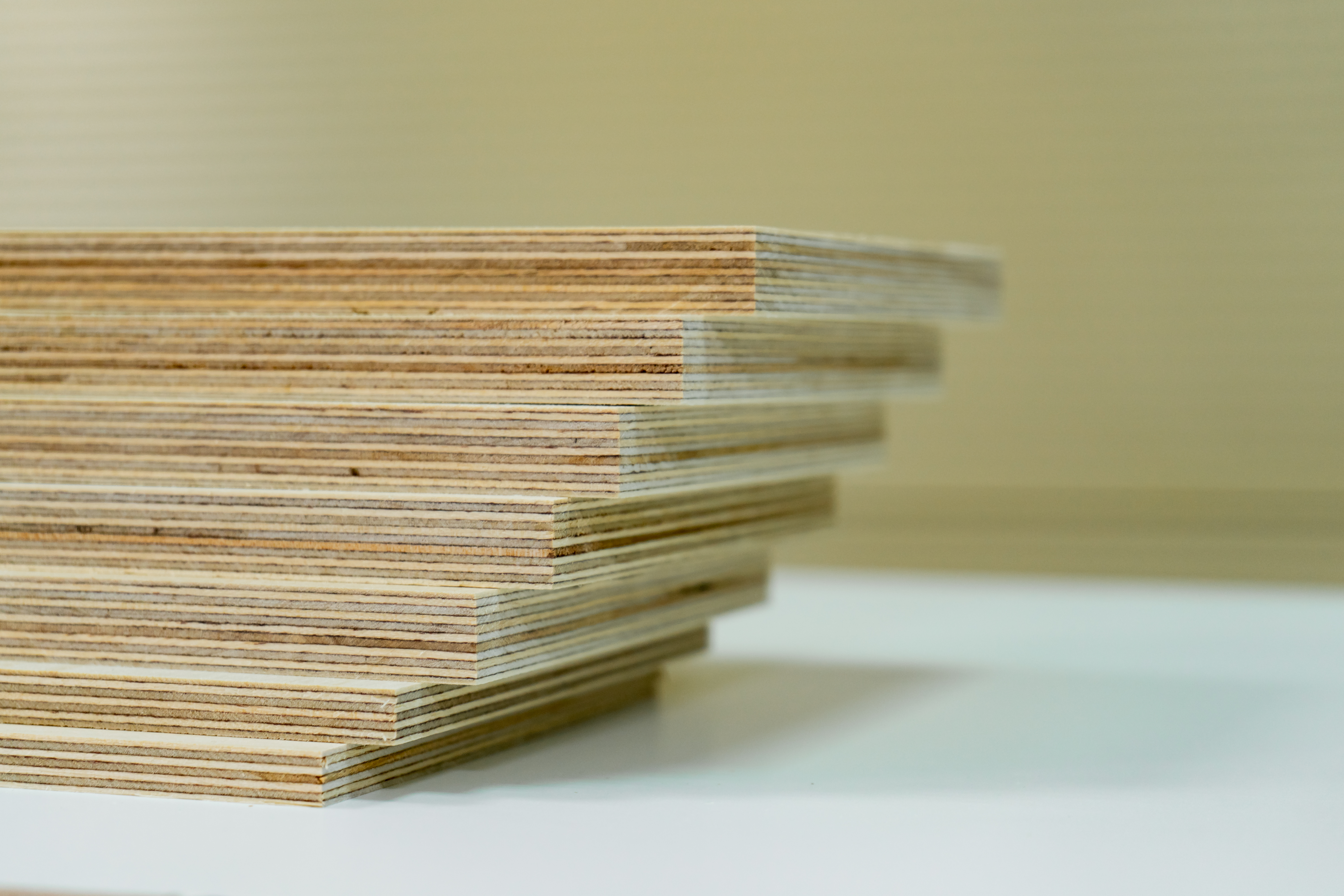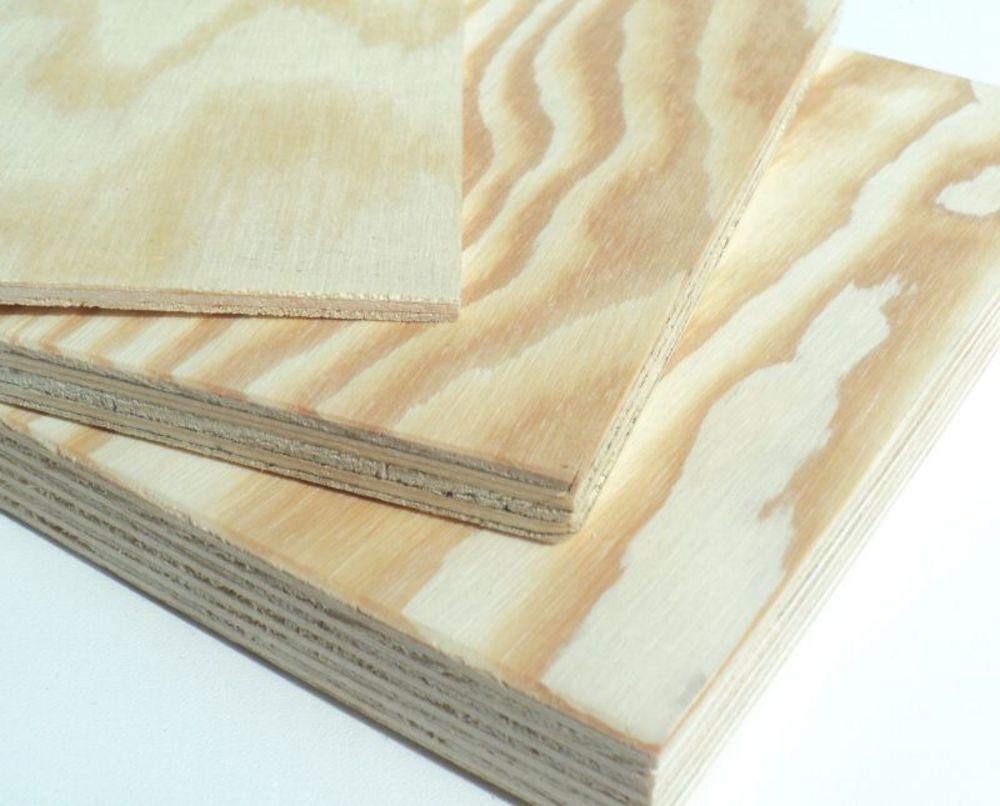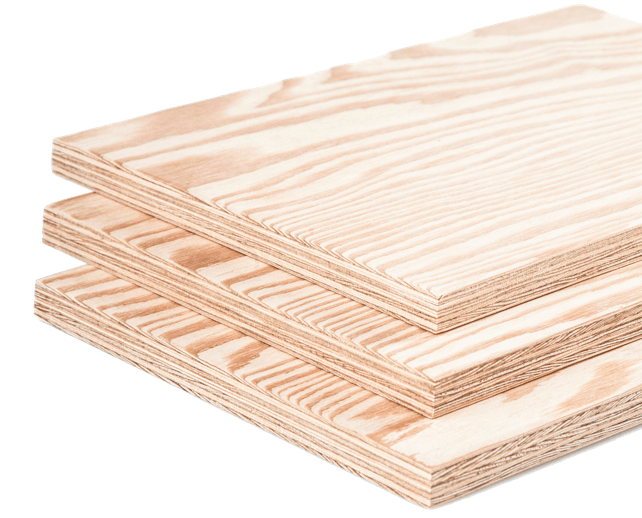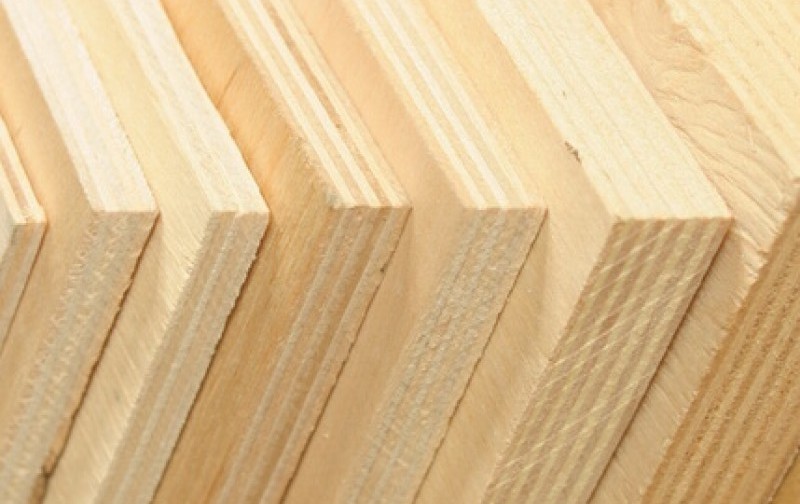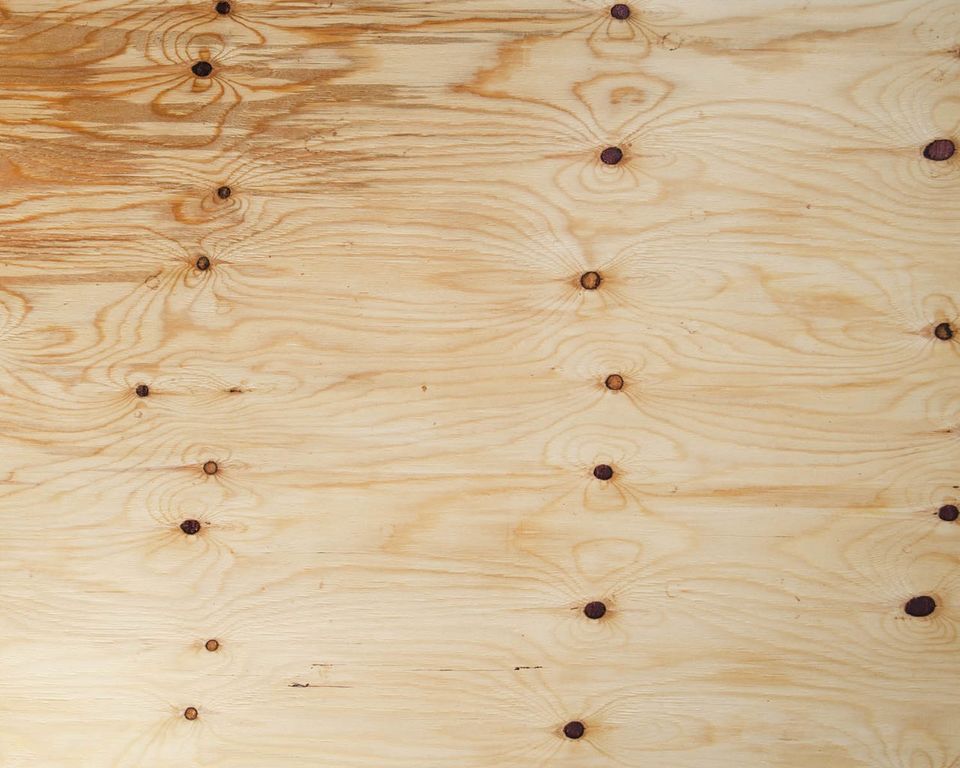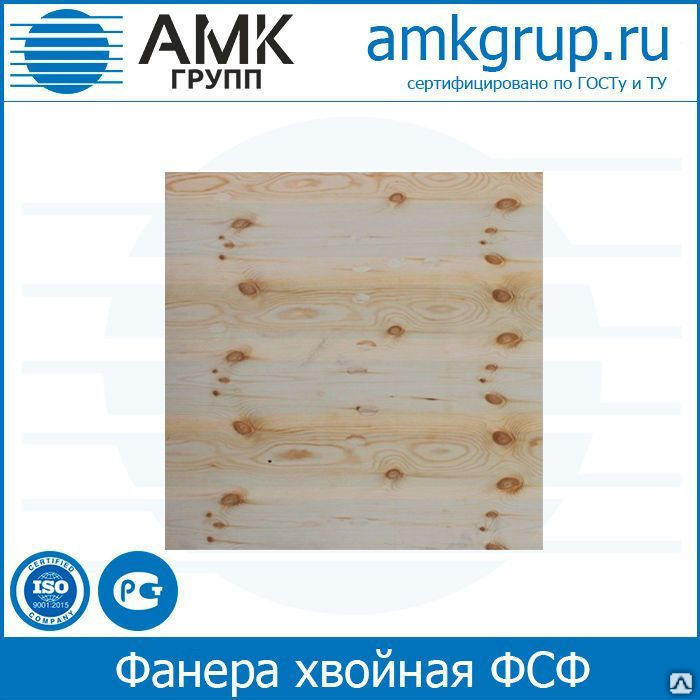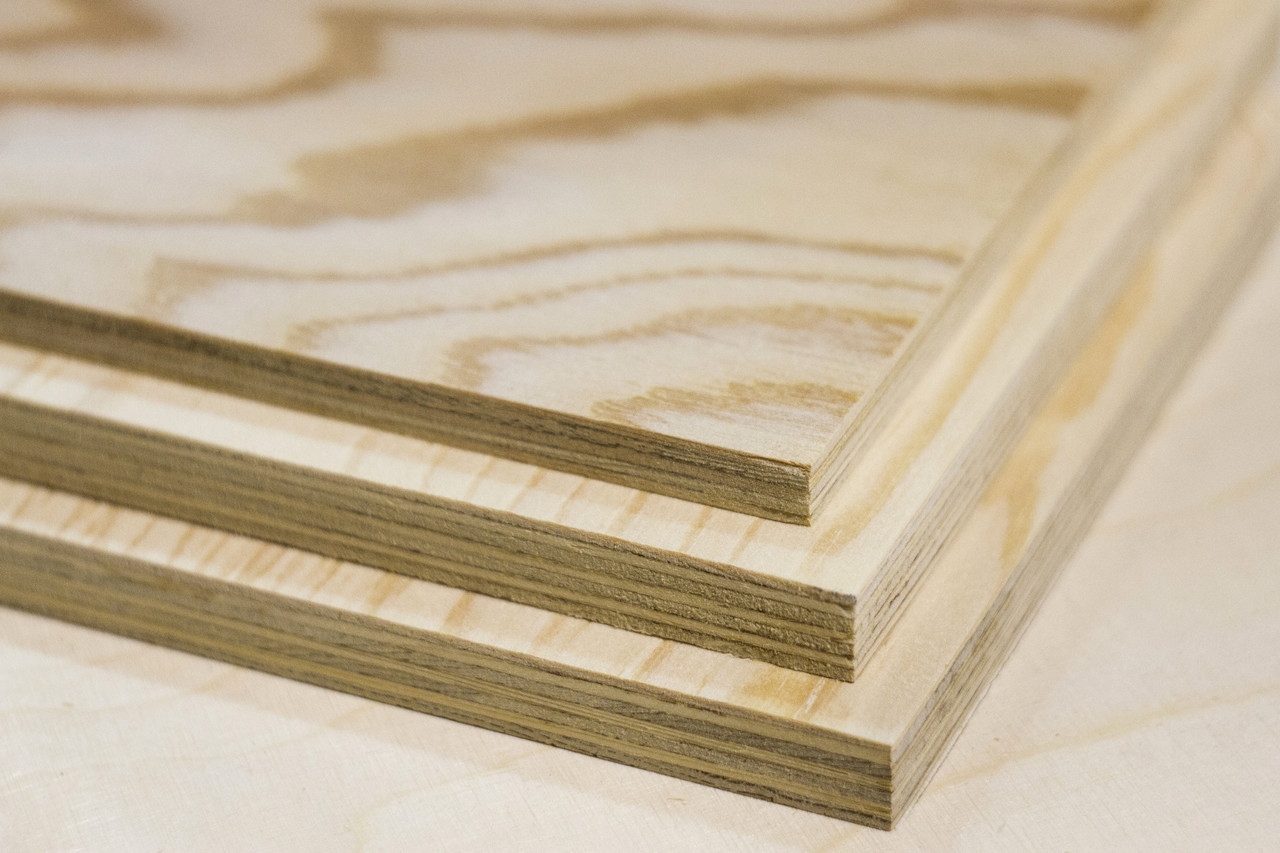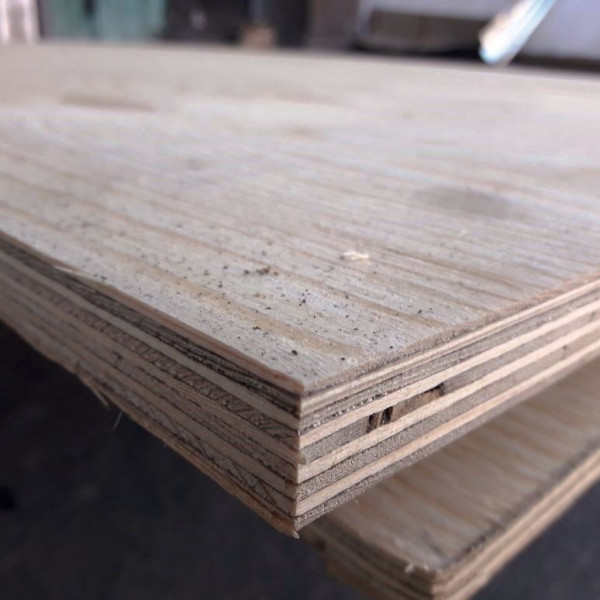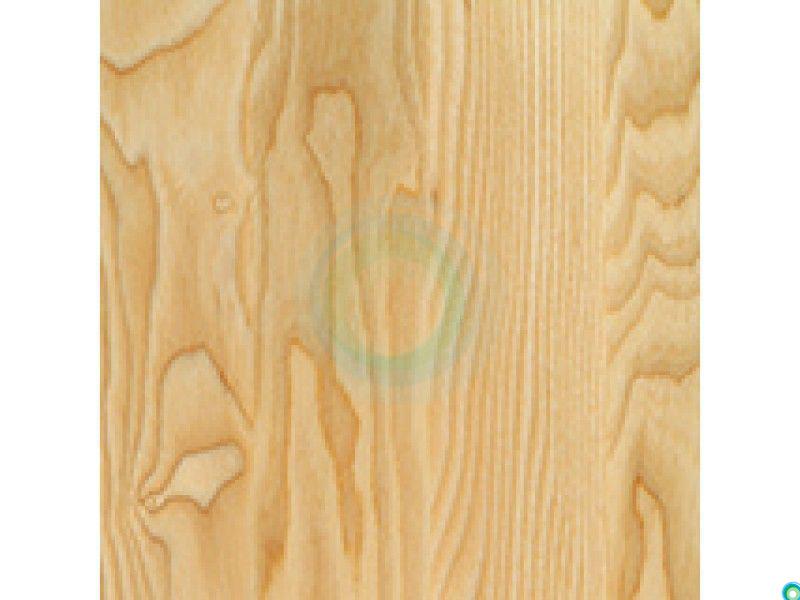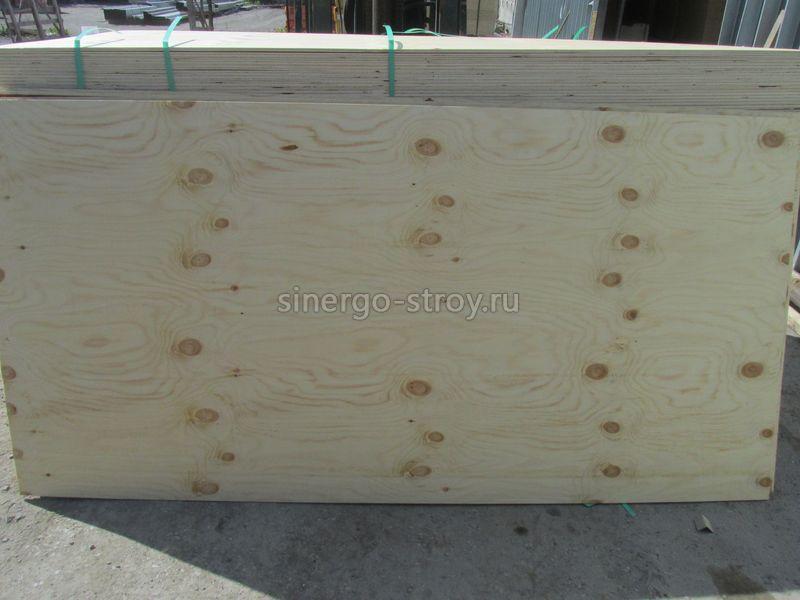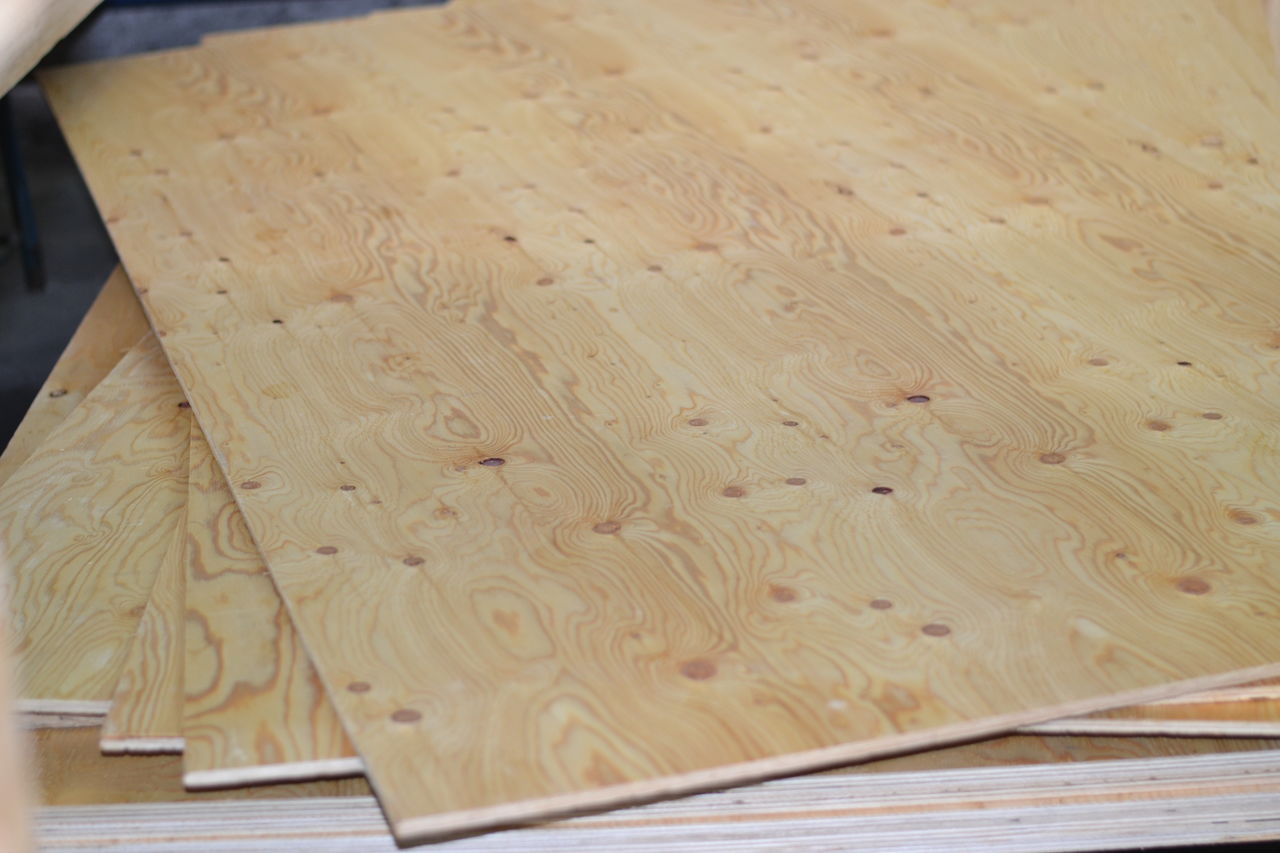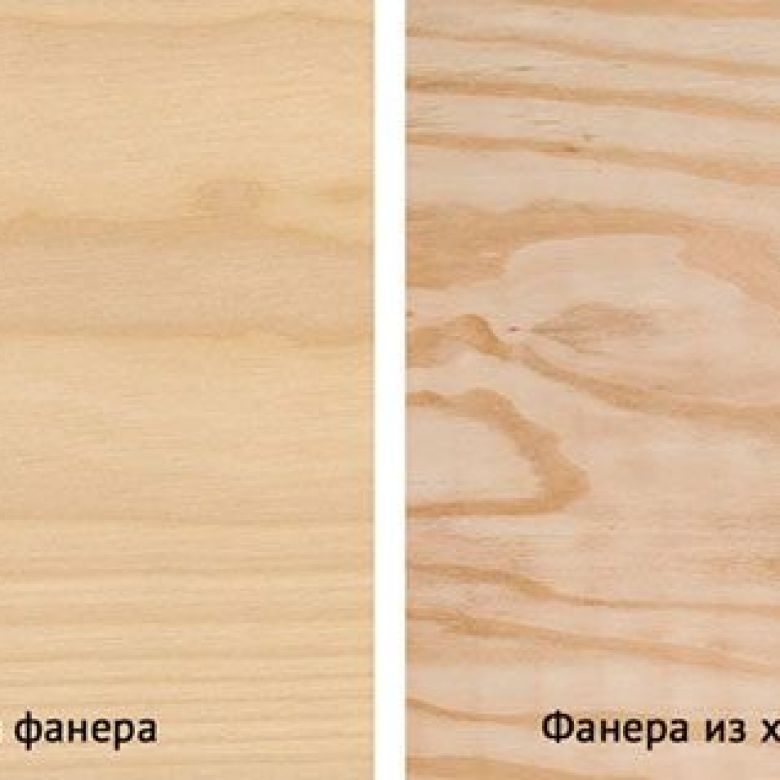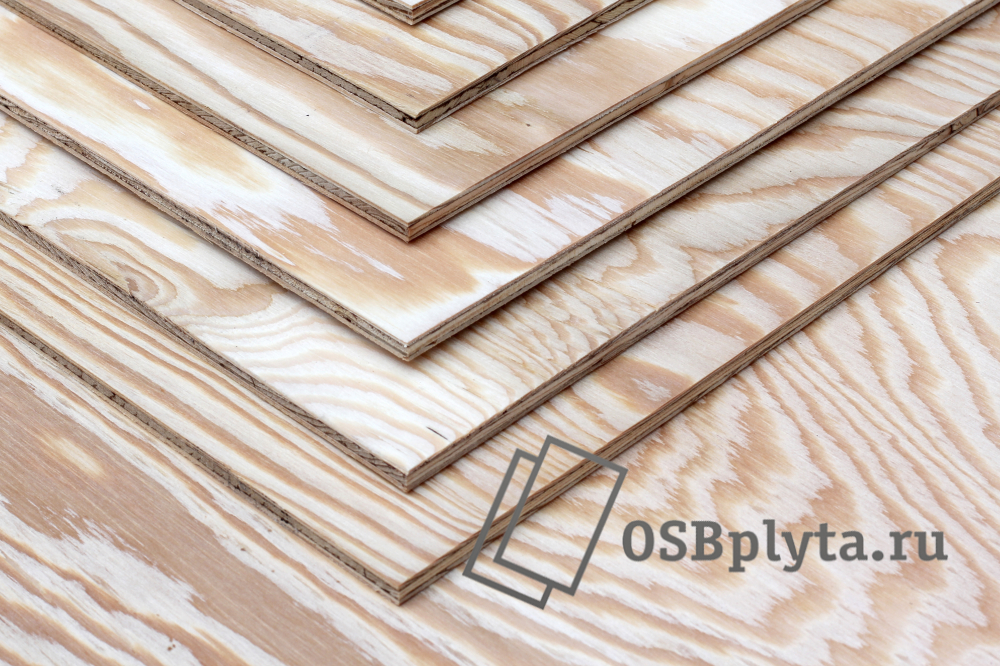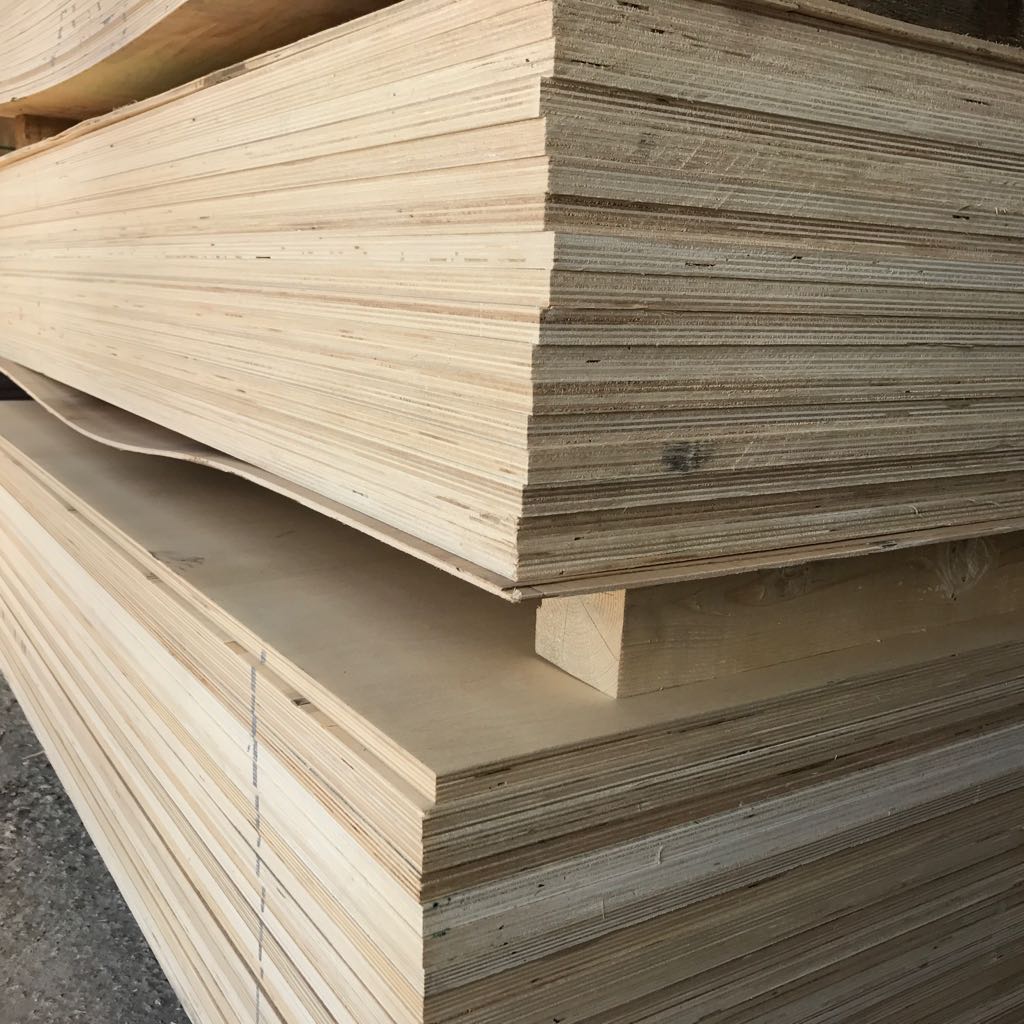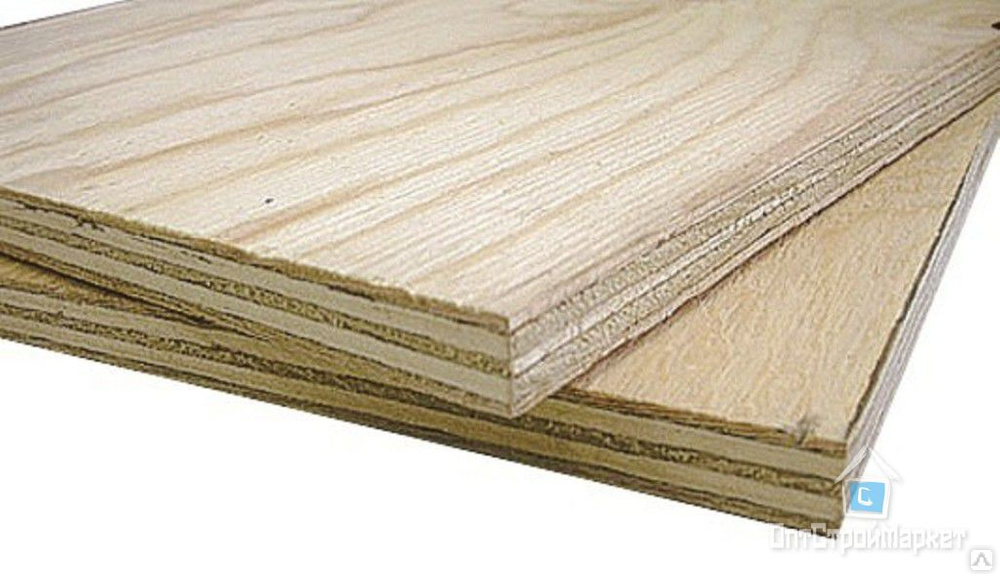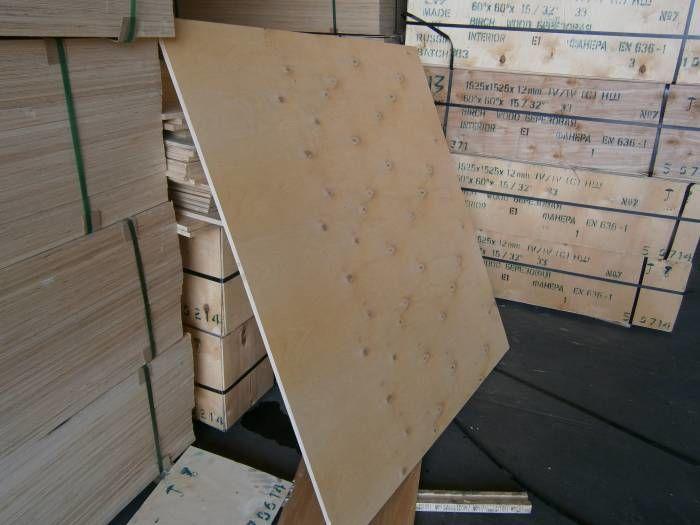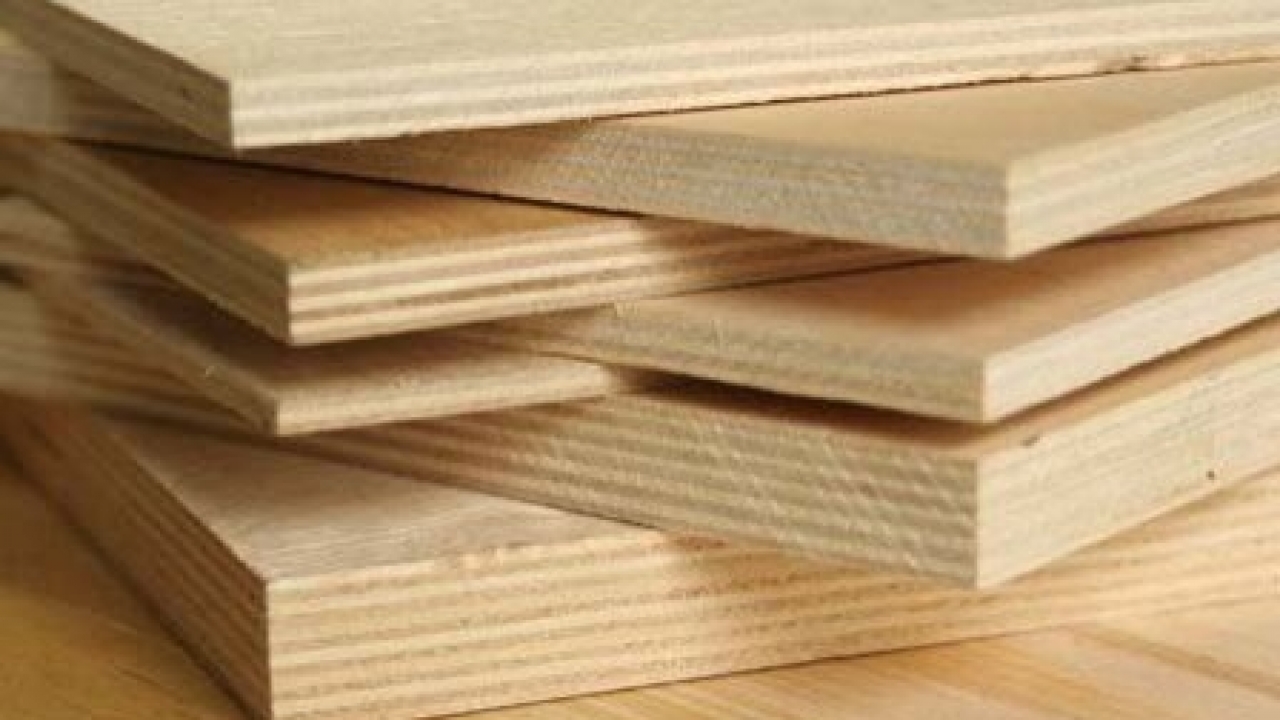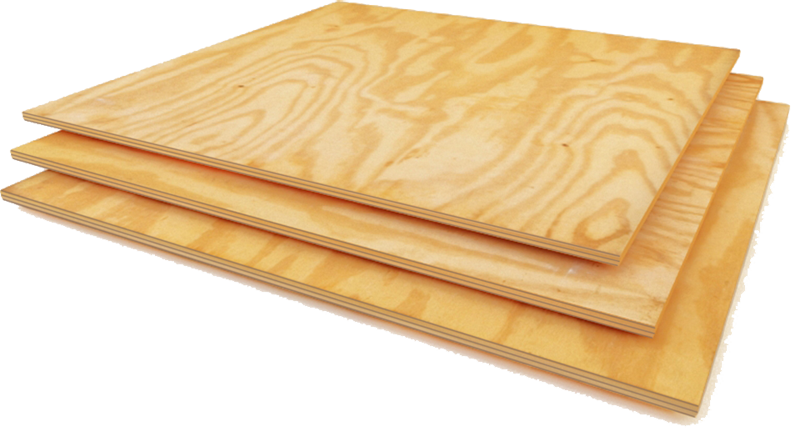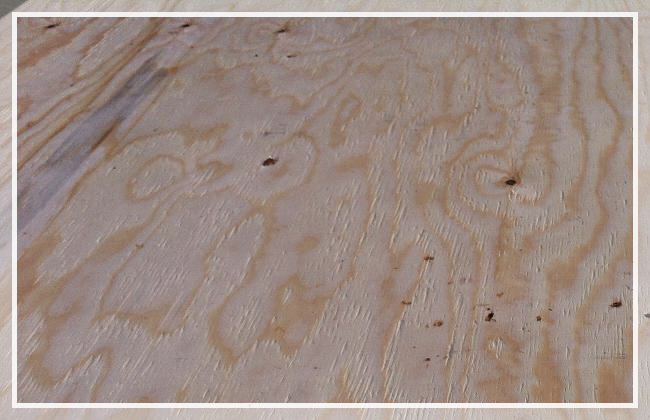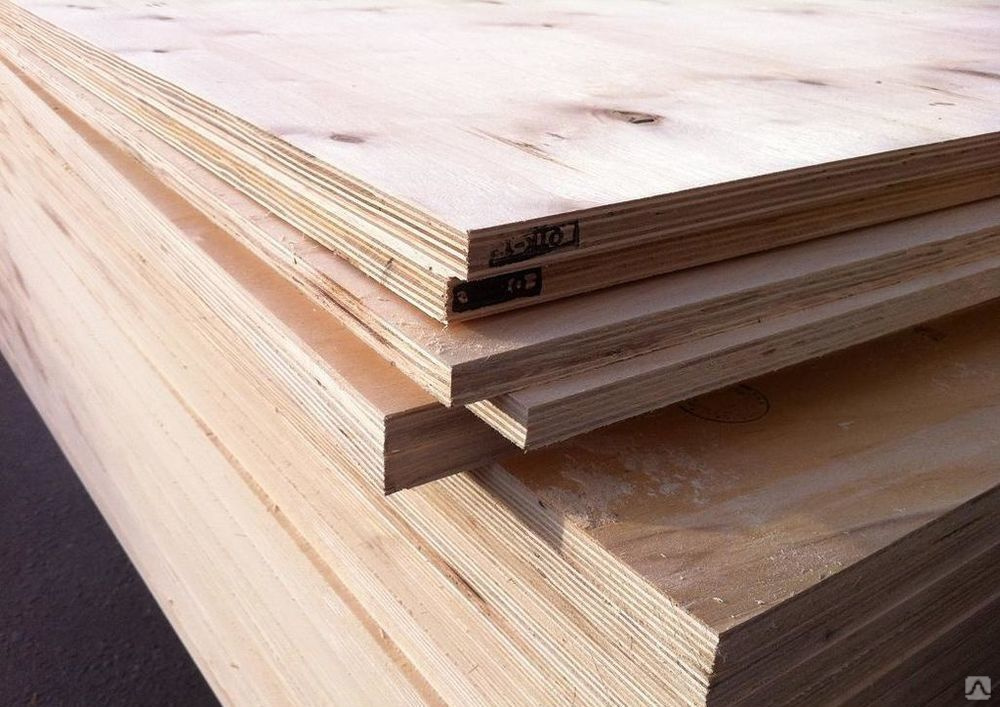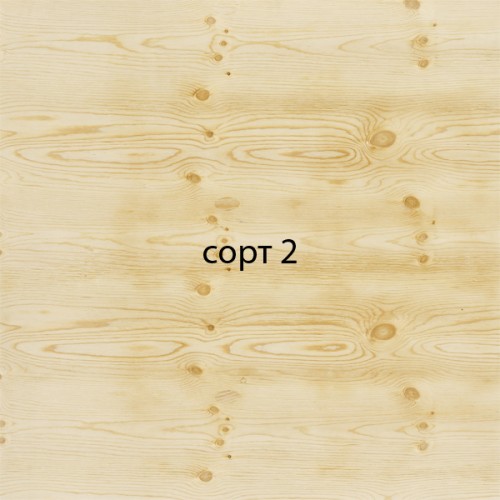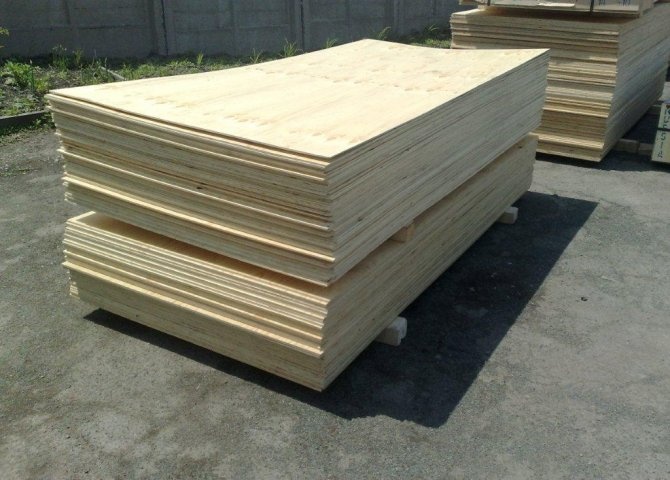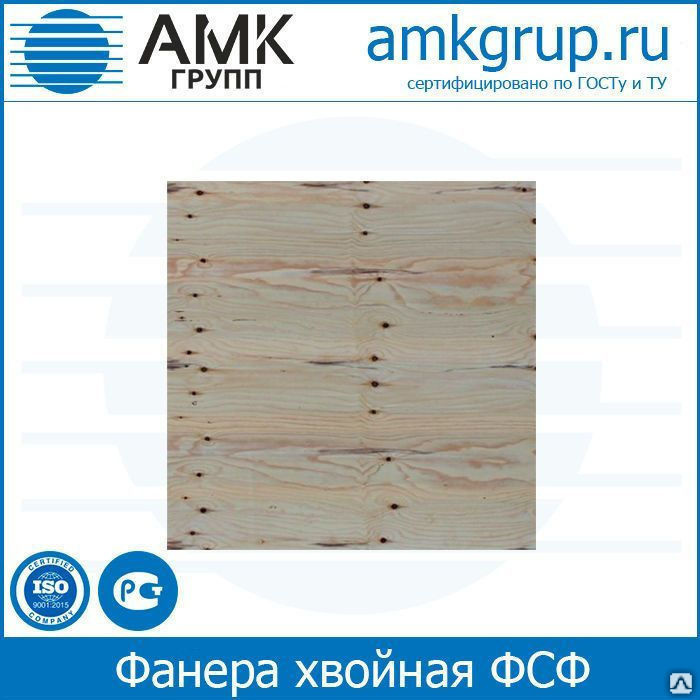Applications
It is advisable to use plywood from pine needles in conditions of high humidity, since it is classified as moisture resistant, it is less susceptible to changes.
Bee hives are made on the basis of such material (in such cases, the FBA brand is used, which is environmentally friendly).
Moisture resistance allows coniferous plywood to be used as a substrate when laying laminate or parquet boards. It contributes to the creation of reliable thermal insulation, well resists rotting processes under the influence of moisture.
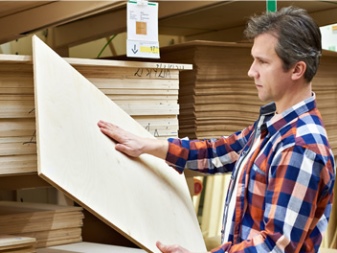
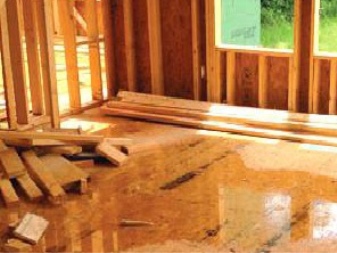
Coniferous plywood is used to sheathe wooden buildings; it serves as a heat insulator and is immune to pests and mold.
The affordable price allows you to use this material for the manufacture of packaging products, when performing rough work (with the exception of formwork). In such cases, the strength characteristics are not of great importance, but the costs are significantly reduced.
Spruce plywood of the FSB brand is used for sheathing objects, used in the creation of temporary building structures, it serves as a raw material for the manufacture of other materials.

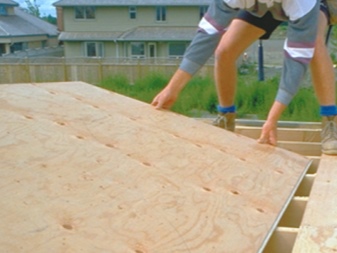
Watch the video about the types of plywood below.
Coniferous or birch plywood: which is better?
The main differences between these wood-based panel products are in the raw materials used and production technologies.
Birch plywood is a multilayer birch veneer material that is impregnated with special binders based on synthetic and natural resins. The thickness of the product depends on the number of sheets. Strength and flexibility are ensured by the mutually perpendicular arrangement of the veneer in adjacent layers.
Softwood plywood is made from layers of coniferous wood veneer: pine, spruce. The sheets are glued with bonding resins to improve performance. The advantages over birch sheets are lower weight and cost.
Wood-based board materials are divided into types depending on the type of glue used:
- FC - veneer is impregnated with urea-formaldehyde resins to increase the wear resistance of wood, moisture-repellent properties and strength. FK birch or coniferous plywood is used mainly in residential premises;
- FSF - the layers are glued together with phenol-formaldehyde resins, which increase the water and heat resistance of the material by an order of magnitude. That is why FSF plywood made of birch or pine needles is used for exterior decoration of buildings, arrangement of floor coverings in gazebos, verandas and on terraces;
- FOF - laminated wood-board material. It is the optimal formwork solution. Film faced plywood is stronger and more resistant to aggressive environments than uncoated materials. The protective film increases the water-repellent and strength characteristics of the product.
In addition, the material is categorized according to the quality of raw materials and processing. In accordance with GOST, four classes are defined: 1 - surface defects are not allowed; 2 - the presence of minor flaws in the breed is possible; 3 - knots up to 6 mm are allowed no more than 10 pieces per sq. meter; 4 - defects in processing and wood in unlimited quantities.
Depending on the grade, the scope of application of wood-based materials is also determined. The first and second classes - finishing, the third and fourth - rough work, production of containers.
Varieties, their designation
All moisture-resistant plywood sheets have a strictly defined belonging to grades, of which there can be only 5: elite (highest) and lower, from the first to the fourth.

Belonging to the best grade indicates the absence of any defects on the sheets, except for minimal, random ones, which do not include darkened eyes.
In plywood material of the 1st grade, small knots the size of a pinhead in a small amount (less than 5 pieces per 1 m2), small other flaws can be noticeable.
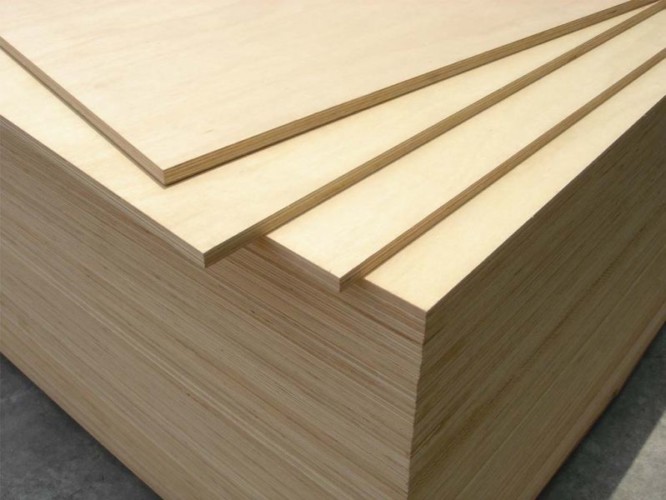
Sheets of the 2nd grade have knots with a slightly larger diameter, from 15 mm to 25 mm, in an amount of up to 10 pieces per 1 m2, several pieces of closed and open cracks, masked with putty.
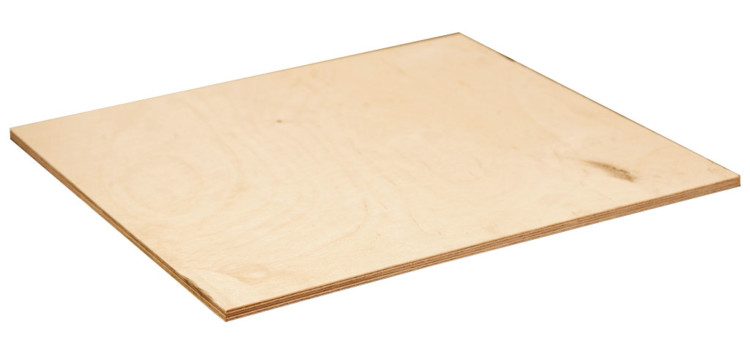
Products of the 3rd grade may contain not only ordinary small knots, but specimens with cracks on knots, the length of which does not exceed 1.5 mm.
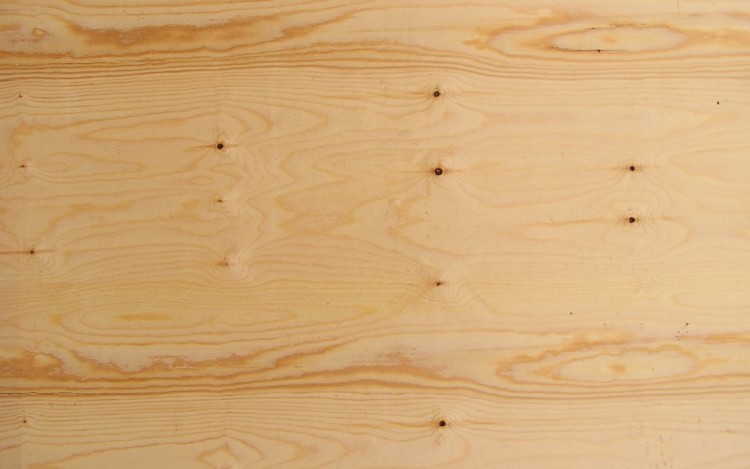
Grade 4 sheets are of poor quality; on one or both sides, they contain knots of both light and dark colors, holes from wormholes, and cracks of considerable size. Layers of poor quality on one side (back) do not greatly spoil the overall impression. For example, birch plywood FSF of grade 2-4 contains veneer on the front surface, which is almost free of defects and belongs to grade 2, which allows it to be used for finishing parts of the interior that are clearly visible to the eye. On the reverse side, the quality of the veneer corresponds to the fourth grade.
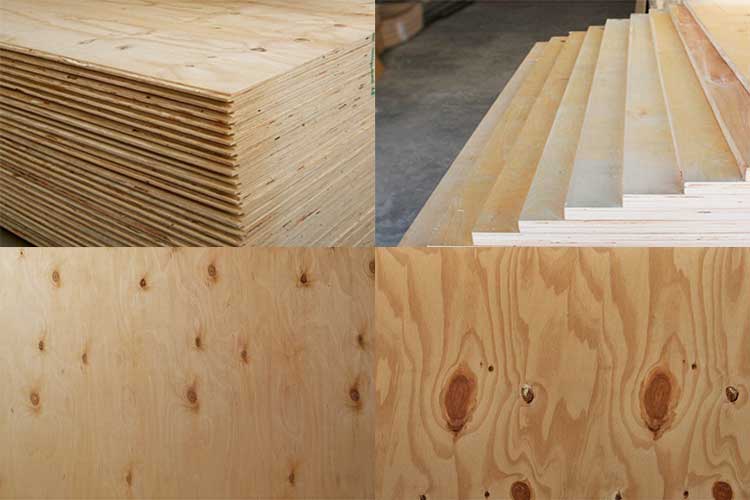
FSF plywood of grade 4-4 has low quality veneer on both sides, it is not suitable for cladding rooms outside or inside, because its appearance is completely ugly. It is used only for the manufacture of packaging containers, lining of transport containers and other technical purposes. It costs much less than all other types of plywood products.
FSF
Coniferous plywood FSF is most popular in the construction of civil and industrial facilities. It gets its resistance to water by impregnating the layers with poorly soluble formaldehyde resins. After impregnation, the veneer layers are poisoned under the press at a high temperature.
GOST allows the release of a certain amount of formaldehyde and phenol compounds. This makes it difficult to use plywood directly indoors.
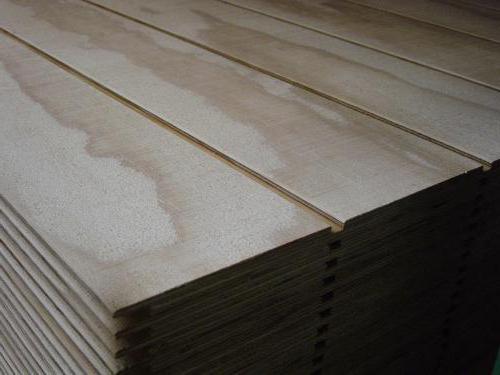
FSF plywood sheets have standard dimensions: 1.22x2.44 m, 1.25x2.50 m, 1.525x3.050 m, 1.525x1.525 m. At the same time, the thickness varies within 4-30 mm.
Coniferous plywood of the FSF brand is widely used. The main directions of its use are:
- Temporary structures during construction.
- Sheathing of objects.
- As an overlap under the roof.
- In the construction of wagons, cars and ships for their skin.
- For creating garden and country furniture.
- For the construction of formwork (and the material can be used repeatedly).
- As a raw material for the production of other materials.
Plywood is an inexpensive and high-quality building material that has been popular on the market for a long time.
Temperature regime
Its dimensions remain stable, and the indices of dimensional stability are much higher than that of steel or plastic. Basically, the thermal deformation of this material is so small that you can simply forget about it.
Dimensions of plywood boards.
Plain plywood can be used when the temperature reaches 100 ° C. Before using such sheets for high temperatures, you need to read the description of the material given by its manufacturer. Particularly carefully you need to treat the work of plywood under high pressure. Any brand of plywood board has excellent resistance to cold, it can be used for a long time when the temperature is below 200 ° C.
Plywood and fire safety. This material is susceptible to combustion, but its resistance to fire is much higher than a wide variety of non-combustible materials. Its dimensions under the influence of fire remain stable, it has a reduced degree of flammability.
For ignition to occur, the temperature of the open flame must be above 400 ° C. Plywood burns out very slowly with a low linear speed, about 0.6 mm per second. Therefore, it is sometimes used in special fire-resistant structures.It is possible to increase the fire resistance by applying impregnation to the outer layer of the corresponding compounds, you can revet the sheets with fire-resistant foil.
Sound insulating properties. Sound insulation depends on the density of the insulating material. FSF plywood is considered an excellent insulating material in relation to weight. Therefore, it is an excellent material to solve soundproofing issues.
Variety of FSF
Its outer layer is covered with a laminate, resulting in a film faced plywood. A characteristic feature of this brand is considered to be a long service life and excellent practicality. In order for this type of plywood to acquire increased moisture-resistant characteristics and fire safety, it is covered with a thin metal sheet and plastic, sometimes tar paper is used. This type has found application in:
- shipbuilding;
- monolithic construction;
- furniture production;
- decoration;
- production of prefabricated houses;
- installation work;
- production of advertising posters, etc .;
- installation of exhibition equipment.
Many positive properties characterize the moisture-resistant plywood of the FSF brand:
Table of indicators of the design resistances of various types of plywood.
- high strength;
- increased moisture resistance;
- after grinding, an absolutely smooth surface is obtained;
- excellent texture;
- easy high-speed installation;
- free processing;
- any sheet dimensions;
- compatibility with other materials.
Such properties allowed this material to gain great popularity and demand in industrial and construction work.
Scope of application
Spruce plywood sheathing
It is rational to use coniferous plywood in those places where there are conditions of high humidity - due to the increased content of resins, it belongs to the class of water-resistant and is less subject to degradation. This property allows it to be used in the form of environmentally friendly albuminocazine products, which initially do not have water-repellent properties. Spruce plywood is an environmentally friendly and at the same time moisture resistant product. For example, coniferous plywood hives are in high demand.
Due to its moisture resistance, spruce plywood is often used as a backing for parquet or laminate - it creates high-quality thermal insulation and at the same time resists rotting and degradation under the influence of moisture. Despite the reduced strength parameters, it can also be used for decking under the roof - since the pressure is evenly distributed over all areas, this factor is not decisive
Spruce plywood is used in the construction of shelters, cladding wooden houses and as an insulating layer due to its insensitivity to pests and mold. This is especially true when plywood sheets turn out to be walled up under a layer of external finishing and the production of restoration work is associated with financial costs. Roof upholstery
The low cost allows the use of spruce plywood as packaging material and for rough work (with the exception of formwork). In the event that strength does not play a big role, it will allow you to significantly reduce the cost of consumables.
Characteristics and difference from FC
The main feature of FSF products is resistance to moisture, which is unique for wood products, which takes place even for sheets without a laminated surface.
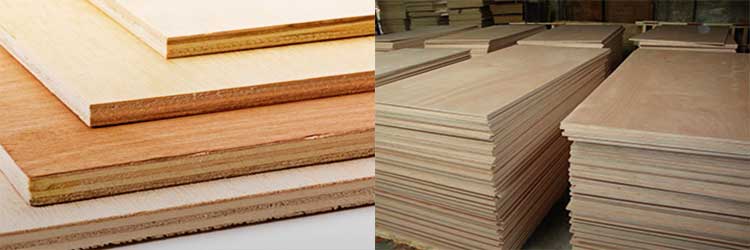
Formaldehyde monomer is also found in urea-based adhesives used in the production of FC plywood. To many consumers, who are aware of the presence of formaldehyde residues in the adhesive, the two grades of plywood FC and FSF seem very similar, although in fact there are significant differences between their properties.
FK plywood is most often made from hardwood veneer, while FSF always contains at least one coniferous veneer layer.

The main distinguishing feature is moisture resistance, which in FC products has a moderate severity, in general, leaves much to be desired. For this reason, urea plywood products are used for interior decoration, the manufacture of room furniture, structures, packaging, not intended for a long stay on the street. FK sheets do not vaporize the aldehyde, which is good in itself. But, in addition to low resistance to moisture, they are characterized by low mechanical strength, a tendency to exfoliate and collapse under stress.
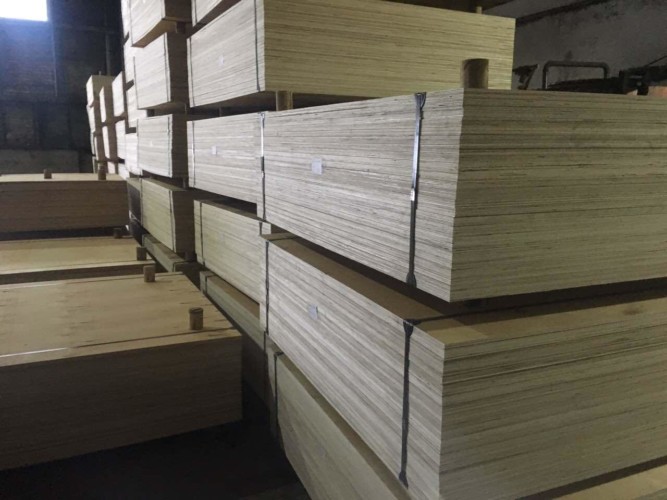
Products made of FSF plywood can be safely used as a roofing material in construction, indoor and outdoor production. Installation of phenol-formaldehyde products with a zero level of evaporation of organic toxins is allowed in living rooms. The production technology provides the sheets with flexibility, strength, invariability under abrasion influences, and low weight.
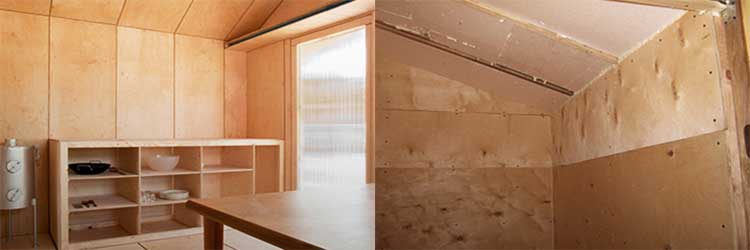
For operation in conditions of increased fire hazard, veneer layers are treated with fire retardant solutions, then dried, impregnated with glue and pressed. The brand of plywood with the highest possible fire resistance is designated by the abbreviation FSF-TV.
Softwood plywood
Moisture-resistant plywood is produced from coniferous wood. Pine is mainly used for its production. Compared to birch, coniferous plywood is somewhat lighter, but at the same time it has excellent strength characteristics, is highly resistant to decay and various harmful microorganisms. For the manufacture of such a material, urea-based adhesives are used.
The properties of the wood itself and the materials that were used for its manufacture allow plywood of the FC brand, this is how this sheet material is called, calmly refers to temperature extremes and exposure to moisture. It is these properties that determined the popularity of this material in the construction of building structures of varying complexity. In addition, it is used for interior and exterior finishing works. By the way, moisture-resistant plywood made with phenol-formaldehyde resins bears the FSF brand. It is widely used in the manufacture of formwork.
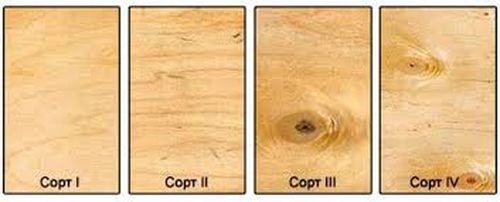
The technologies used in the manufacture of the material of both grades make it possible to produce environmentally friendly plywood. So, plywood, FC brands, in general. does not emit any chemistry, and the FSF brand emits 0.005 mg formaldehyde, which allows it to be used in rooms where people live.
Plywood application
There can be no unambiguous answer to the question of which grade of plywood is better, or which plywood for the floor is better. It all depends on the purpose for which it is planned to be used. If we are talking about strength characteristics, then in this case it makes sense to use plywood made from birch. Its strength is almost 20-25% higher than that of coniferous, but at the same time its weight is noticeably higher. Therefore, they try to use birch plywood in those structures where high reliability is required.
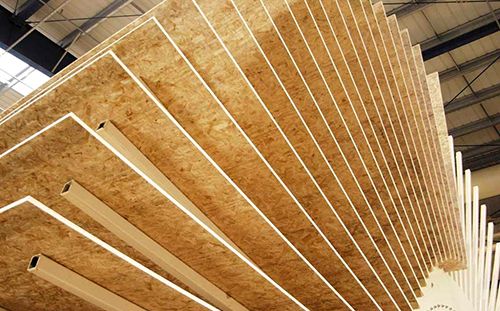
Coniferous plywood, due to its low cost, is often used for wall decoration, in truss systems. But, if high humidity is noted in the place of its use, then it is necessary to use plywood of the FC brand, regardless of the type of wood that was used for its manufacture.
Another advantage of coniferous material is its high resin content. This factor significantly reduces the likelihood of her being affected by a fungus. It is this property that makes it possible to use this material for cladding basements, garages, outbuildings.
What plywood is advisable to use for the floor When arranging the sub floor, it is necessary to use plywood with a thickness of up to 9 - 16 mm. Insulation is laid on it, the mass of which is small. In this case, there are no special requirements for the type of plywood. The main thing is that it must be highly resistant to water.
And therefore, when choosing a material, you must first of all pay attention to the brand. The best option can be considered plywood of the FK brand, it has a fairly high margin of moisture resistance and at the same time it does not emit any chemicals.
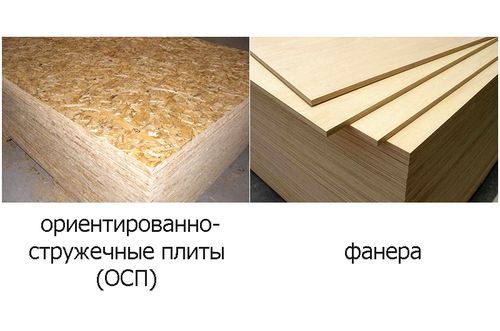
The material of this brand can be used both for the subfloor and for arranging the topcoat. By the way, there can be one answer to the question of which linoleum is better to lay on plywood - any. For example, plywood can be used under parquet, in which there are 9-11 layers of veneer. Moreover, with equal success, you can use plywood of both varieties, both birch and coniferous. But to the question of which plywood is better to lay on the floor, the answer, most likely, will be one - birch.
Plywood from pine needles
On the construction market, two types of materials are most often found - birch plywood and products made from softwood.
The question is quite natural: "which plywood is better than coniferous or birch" - in order to answer it, it is necessary to decide in what area the purchased products will be used. Let's consider the advantages and disadvantages of both options.
Plywood is produced by peeling - the logs are steamed and fed to the beaming machine, where veneer is made from it. Then, from the obtained layers, sheets of finished products are formed by gluing and pressing. In terms of manufacturing technology, both types of wood practically do not differ from each other, however, the resulting products have different properties (for example, veneered plywood).
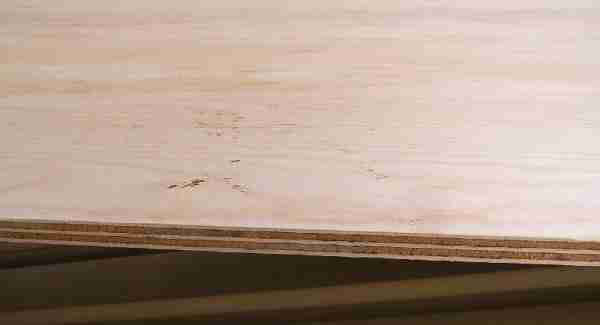 Five-layer softwood plywood
Five-layer softwood plywood
Advantages of coniferous wood
- Appearance. By their structure, conifers have fewer defects - knots, bends and tarnishing than birch, which makes the veneer look neater and cleaner. In appearance, the palm in the question of which plywood is better than birch or coniferous - remains with spruce counterparts. If appearance is a priority for you, then the conclusion is obvious.
- Resinous structure. Coniferous wood contains a large amount of resin, which makes it more resistant to high humidity. Also, due to the presence of natural resins, it is less susceptible to damage from pests and mold, acting as an antiseptic.
- Ease. Spruce has a lower density than hardwood, which makes it an order of magnitude lighter - the difference in weight can be about 30%.
- Price. The predominance of coniferous forests makes the cost of spruce plywood an order of magnitude lower than that of hardwood counterparts.
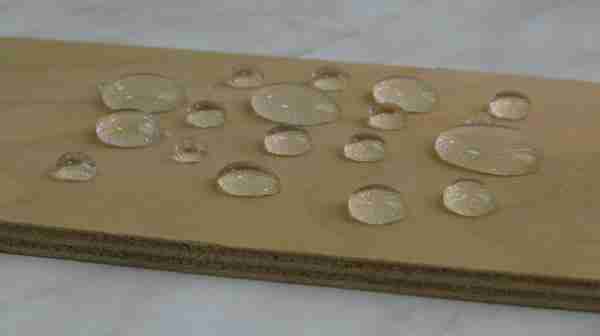 Moisture resistance
Moisture resistance
disadvantages
- The low density and weight of softwood plywood is a consequence of the weakened structure - it has much less strength and resistance to wear. With an equal composition of chemical impregnation, the difference is quite significant. Accordingly, in places where strength parameters are priority, the use of spruce analogues is impractical.
- The high content of natural resins leads to the fact that with prolonged exposure to heat, the resinous component begins to stand out on the surface, which in some cases is unacceptable
Laminated plywood
Film faced plywood (Specification): Film faced surface
plates creates high resistance to various natural and
chemical conditions. This property makes film faced plywood
irreplaceable in the production of wear-resistant surfaces
(production of forms of reusable concrete formwork, storage and
transportation of food and pharmaceutical goods,
billboards, paneling and floors of vans and wagons, decks
sea vessels, etc.).
Possibility of choosing a base for a laminate (combined or birch plywood), as well as a shade and type of surface
(smooth or embossed) broadens the range of applications for laminated
plywood, which further increases its popularity.
Film faced plywood is coated on both sides with paper-resin
film based on phenol-formaldehyde resin. Laminated
plywood has a high density and surface resistance to wear.
Film faced plywood has high strength characteristics,
resistant to moisture absorption.
Film faced plywood is used for the production of wear-resistant
surfaces. For example - the manufacture of reusable formwork in
monolithic construction, production of cladding in
automotive industry. Large format film faced plywood has
advantage in the construction of large-scale facilities. Large format film faced plywood is used for
construction of bridges, industrial buildings.
Production
The technology for the production of plywood products consists of several stages, the first of which is the preparation of raw materials. First, the logs are sorted in logging warehouses, choosing the highest quality ones, without large knots, mold stains, and other flaws.
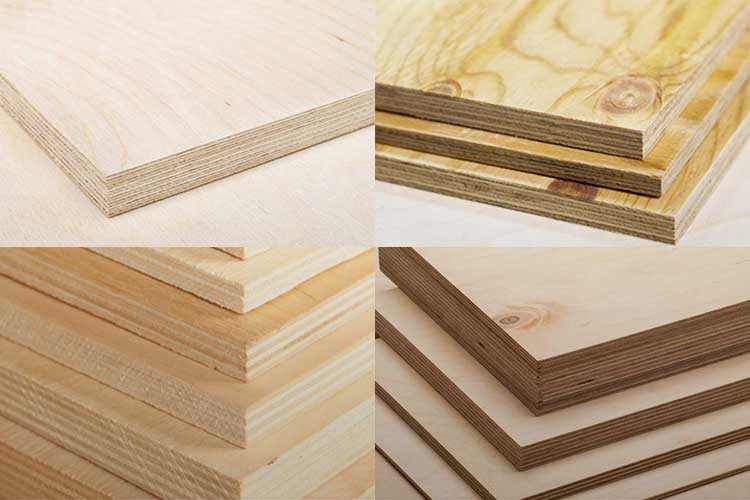
In Russia, the most popular types of trees suitable for plywood production are the following:
- fir (pine family),
- larch,
- spruce,
- Pine,
- Birch,
- beech.
In some regions, other species are used as raw materials, in particular pear, alder. Birch, pine plywood is the most popular in Russia due to the prevalence of these species.
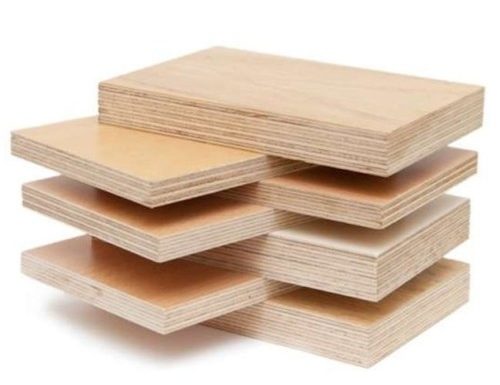
The bark and the remnants of the knots are removed from the logs and must be steamed according to one of the methods, the choice of which is determined by the type and characteristics of the raw material. The prepared logs are subjected to mechanical peeling, which consists in cutting off thin layers from the rotating base of the tree.
The resulting veneer mass is subject to stacking and shaping, including the placement of layers in a strictly defined manner. The veneer is positioned so that on the front surface the canvas has an ideal appearance, in the inner layers and on the back side, the presence of small errors is allowed. When forming plywood sheets, it is subdivided into grades that differ in the number and type of flaws allowed.
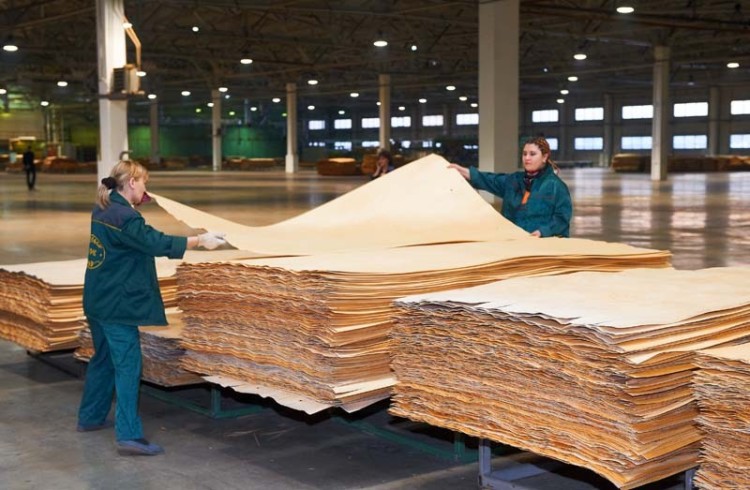
After preliminary selection of layers, each of them is coated with adhesives using special equipment. In the production of FSF plywood, products are used based on a polymer of phenol and formaldehyde components, which provides wood products with increased moisture-resistant properties.
> The decoding of the abbreviation FSF, which stands for "plywood, phenol-formaldehyde resin", provides complete information about the specifics of the composition.
Stamps
The quality of plywood is largely determined by the adhesive used to adhere the veneer layers. In accordance with this, several brands of plywood products are distinguished.
- FBA is considered the lowest quality, it is produced using albumin casein glue. Such plywood is environmentally friendly, but it does not tolerate moisture well. Use it only where there is protection against contact with water.
- FSF is the most popular brand produced with phenol-formaldehyde glue. This is a moisture resistant plywood with good strength characteristics.
- The key difference between the FSF-TV brand and FSF is impregnation with fire retardants. Spruce plywood of this type is characterized by low flammability.
- FC are made using urea glue, which increases the hygroscopicity of the material. They are used for the production of furniture products, packaging.
- FB is a moisture resistant plywood that is not exposed to aggressive environments. Its use is possible even under water. The layers are connected with bakelite glue and impregnated with an identical varnish.
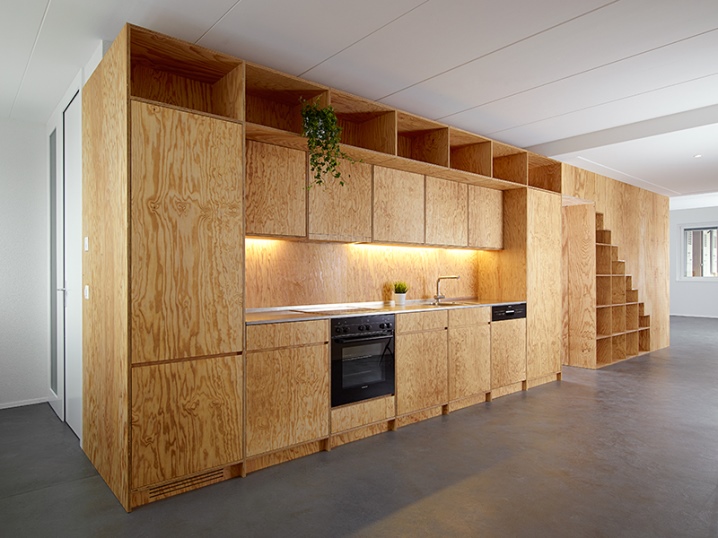
FSF spruce plywood is actively used in the construction of civil and industrial facilities. It acquires its resistance to moisture due to the treatment of veneer with poorly soluble formaldehyde. The impregnated veneer layers are sent under a pressing machine at a high temperature.
GOST allows the synthesis of a small amount of formaldehyde resins and phenolic compounds. This complicates the use of plywood sheets in interior decoration.
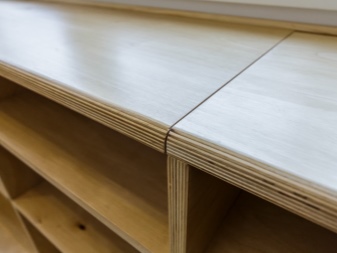

What is the fundamental difference?
The first one is not at all resistant to a humid environment, but it is quite durable and versatile. Designed for dry conditions only. Much cheaper than the second option, therefore it is widely used for the production of furniture, wall cladding, the manufacture of packaging containers, as a substrate for laminate, parquet and other coatings.
It is made from peeled birch, alder and some other hardwoods (their combination is also possible). After moisture penetration, it usually exfoliates and curls, which is a serious difference between plywood FC from FSF... In terms of thickness, such sheets can reach 40 mm. Divided by grades, based on the presence of knots.
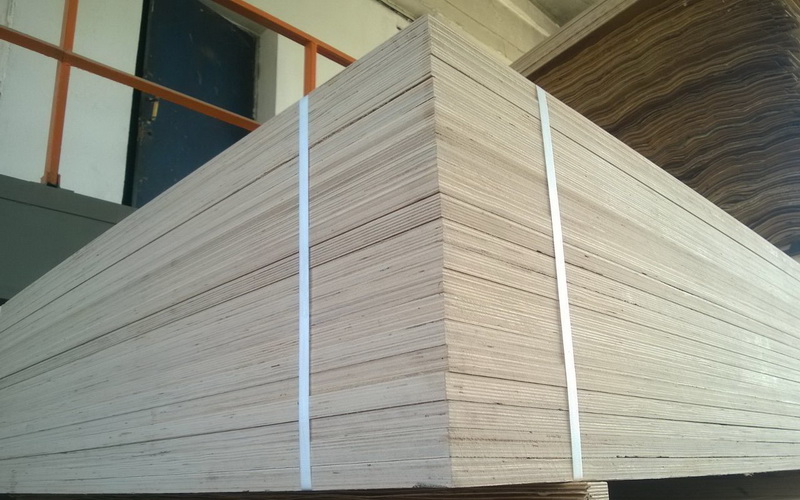 Pack of FC plywood sheets
Pack of FC plywood sheets
The second is characterized by increased resistance to moisture, which it resists very successfully. Due to this property, it is in demand in roofing processes, it can be used not only inside, but also outside buildings. It has good resistance to wear and tear and resistance to mechanical stress.
It is made mainly of birch and coniferous veneer. It can be impregnated with compounds not only against moisture, but also against fire (FSF TV), which is why it has an expanded range of applications: construction, industry, machine and aircraft construction.
Combined plywood
Plywood (plywood board) with layers of veneer made from different wood species arranged symmetrically
relative to the central layer. For example, Combi Twin plywood - outer veneer layers - birch, inner layers: sublayer - birch,
inside - alternation of needles and birch. Combi - outer layers of veneer - birch, inside - alternating needles and birch. Twin - outdoor
veneer layers - birch inner layers - needles. Attractive
appearance along with economical price (due to alternating layers
made of coniferous and birch veneer, it is cheaper than just birch plywood) make it expedient
use of combined plywood in furniture production,
interior decoration of premises and gyms, decoration
design solutions. Not much inferior in strength
birch, combined plywood, however, is cheaper than it,
simultaneously combining the best properties of coniferous and
deciduous wood.
Material selection
Some sizes of large-format plywood sheets.
When choosing plywood for the floor, you should follow the manufacturer's recommendations for its areas of application. When buying plywood, in order not to make a mistake and prevent unnecessary waste of money, ask the seller about its characteristics:
- brand, since the corresponding marking informs about the level of water resistance of the product;
- type of wood to know if this plywood can be used for floor installation;
- thickness and design of sheets;
- grade, since the quality of the material and the condition of the surface depend on it;
- the availability of lined materials on sale, which are best used when creating topcoats;
- plywood environmental safety class;
- sheet sizes to ensure the most economical use of building materials.
As a rule, the standard dimensions of plywood sheets in length and width are:
- 1.22-1.22 m;
- 1.27x1.27 m;
- 1,475x1,475 m;
- 1.525x1.22 m;
- 1.525x1.27 m;
- 1.525x1350 m;
- 1.525x1.475 m;
- 1.525x1.525 m.
There are also large sizes of plywood. These sheets are called large-format sheets, but they can only be obtained by prior order. In any case, plywood must be selected in accordance with the size and pitch of the lag. It is interrelated with the dimensions of the support beams and the distance between them and the thickness of the glued veneer sheets. Manufacturers produce plywood with a thickness of 3 to 30 mm. Material from 3 to 12 mm is classified as thin plywood, thicker building material is classified as thick plywood.For the installation of the floor, sheets from 10 to 15 mm thick are used. For example, parquet flooring up to 16 mm is laid on a 10 mm base, and from 16 to 20 - on a 12 mm base. For thicker parquet, 15 mm plywood is used.
Conclusion
In summing up, it should be noted that the needles have many real objective positive properties that help to highlight it against the general background. This is, first of all, presentable appearance, low price, increased moisture resistance and excellent antiseptic properties. The only, but tangible disadvantages of FSF slabs from these rocks are the release of resins and relatively low strength indicators. These characteristics significantly reduce the general applicability of pine or spruce slabs in certain areas and types of work.
In addition, it should be noted that contrary to popular belief, these boards do not belong to the category of high toxicity. If the material was manufactured without disturbances in the technological process, the level of formaldehyde will be in the region of 10 mg per 100 grams of dry matter, and this is within the permissible norm and fully complies with the approved standard E 1.

